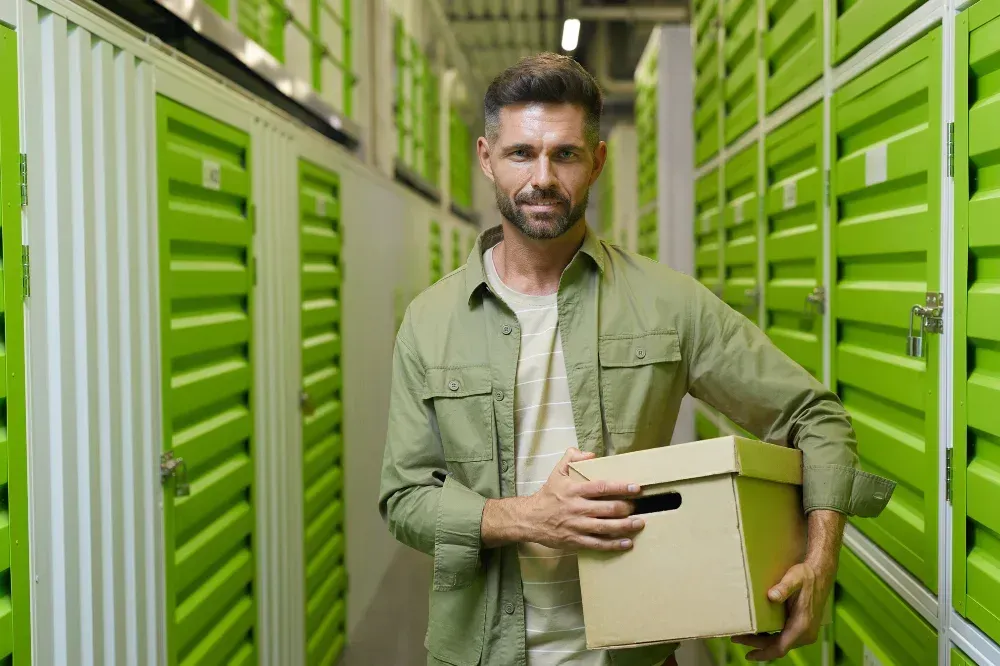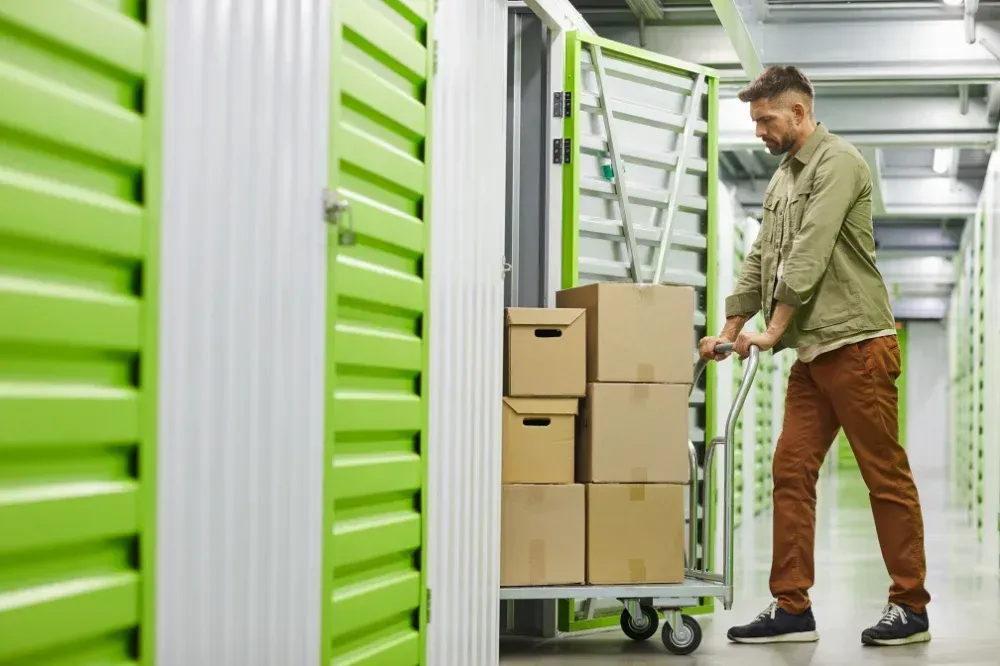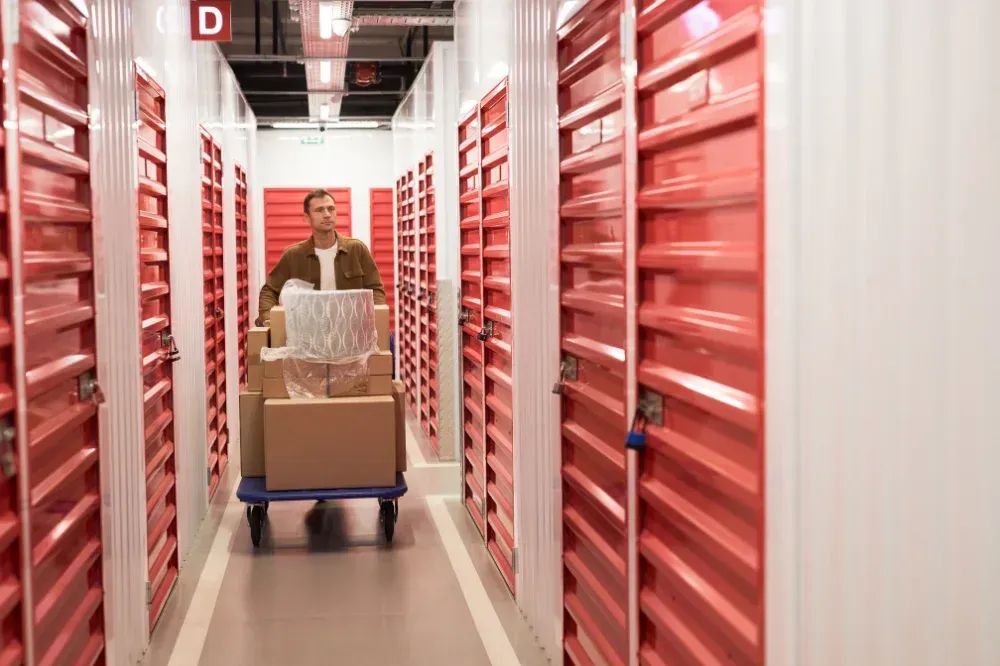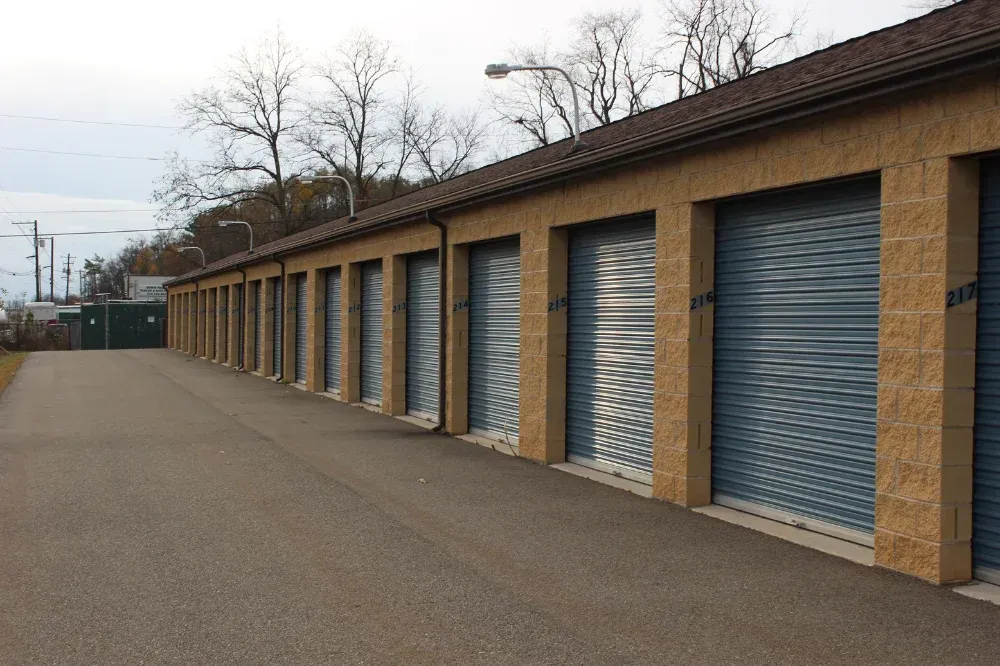The Complete Guide to Safely Packing and Storing Fragile Items
The Complete Guide to Safely Packing and Storing Fragile Items
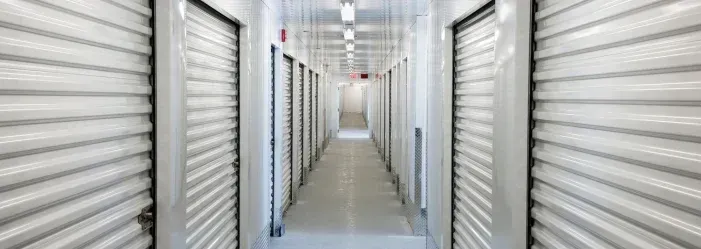
Storing fragile items—whether it's delicate antiques, fine china, or sensitive electronics—can seem like a daunting task. These items are prone to breakage or damage, which can lead to costly repairs or even complete loss. Whether you're moving across the country or simply storing precious possessions for the long term, taking the time to pack and store these items correctly is crucial. This guide will provide you with detailed steps, tips, and techniques to help ensure that your fragile belongings stay intact and in pristine condition on proper storage. From choosing the right materials to using the proper packing techniques, every step plays a significant role in the process.
Why Packing Fragile Items Properly is Crucial
When it comes to fragile items, improper handling can easily lead to damage. Whether you're dealing with valuable artwork, ceramics, glassware, or vintage furniture, ensuring that each item is packed correctly can prevent a great deal of unnecessary harm. Fragile items are more susceptible to impact, moisture, and even extreme temperature fluctuations. If packed improperly, these items can suffer from cracks, chips, or even complete destruction.
When you store delicate items, it’s not just about putting them in a box. Proper packing involves layering protective materials, cushioning the items effectively, and ensuring that the boxes themselves are durable enough to withstand handling and movement. Incorrectly packed items may shift during transport or storage, leading to severe damage. By using the right packing techniques, you can safeguard your fragile possessions for years to come.
Common Mistakes to Avoid When Packing Fragile Items
Packing fragile items can be tricky, and some common mistakes can easily compromise the safety of your belongings. Here’s a list of packing pitfalls to avoid:
1. Using Boxes That Are Too Big
Choosing a box that’s too large for your fragile items can be detrimental. If the box is oversized, your items will move around inside, increasing the chances of them bumping against each other or the sides of the box. This can cause cracking, chipping, or breakage.
2. Lack of Adequate Cushioning
One of the biggest packing errors is not providing enough padding around fragile items. This leaves your items vulnerable to shock and pressure during transit or storage. Adequate cushioning is essential for protecting items from the impact of movement.
3. Wrapping Items Incorrectly
When wrapping fragile items, it’s essential to do so with the right materials and techniques. Wrapping them too loosely can result in them shifting within the box, while wrapping them too tightly can create pressure points, increasing the risk of damage.
4. Failure to Label Boxes
Not labeling boxes as “Fragile” or “Handle with Care” can lead to mishandling by those who are responsible for transporting or storing your items. Make sure your boxes are clearly marked to ensure that anyone handling them will take the necessary precautions.
5. Storing in Inappropriate Conditions
Fragile items should be stored in a climate-controlled space. Extreme temperatures and excessive moisture can warp, rust, or mold your belongings, leading to irreversible damage over time. Avoid storing fragile items in basements, attics, or garages where conditions fluctuate.
Selecting the Right Packing Materials
Choosing the right materials is essential for keeping your fragile items safe. The packing materials you use will create a protective barrier against external forces and help keep your items intact.
1. Bubble Wrap vs. Packing Paper
Two of the most commonly used materials for packing fragile items are bubble wrap and packing paper. Here's how they compare:
- Bubble Wrap: This material is ideal for cushioning fragile items because it provides excellent shock absorption. The air-filled bubbles create a barrier that helps protect against bumps, impacts, and drops. Use bubble wrap for items like glassware, ceramics, and electronics.
- Packing Paper: Softer than bubble wrap, packing paper is great for wrapping delicate items like fine china or artwork. It doesn’t add bulk but still offers protection against surface scratches. While it doesn’t offer the same shock absorption as bubble wrap, it works well for less fragile items.
2. Boxes for Fragile Items
Choosing the right box is just as important as the packing materials you use. The box should fit snugly around the items, providing enough support without allowing the items to shift inside. The types of boxes that are best for fragile items include:
- Double-Walled Cardboard Boxes: These boxes are more durable and provide extra protection. They’re particularly useful for heavier or more delicate items.
- Small to Medium-Sized Boxes: Avoid using overly large boxes, which can make items vulnerable to movement. Smaller boxes keep fragile items from shifting and reduce the likelihood of damage.
- Partitioned Boxes: These boxes contain dividers that separate items and prevent them from clashing. They are ideal for storing glassware, stemware, or ceramics.
3. Additional Padding Materials
There are a variety of additional materials that can help provide further cushioning for your fragile items:
- Foam Inserts: These are excellent for delicate items such as electronics or collectibles. The foam will mold around the shape of the item, offering custom protection.
- Packing Peanuts: These lightweight particles help fill any empty spaces inside the box, ensuring that items won’t shift during transit. Packing peanuts are particularly useful for irregularly shaped items.
- Soft Cloths or Towels: For an eco-friendly option, soft cloths or towels can serve as a protective layer for fragile items like picture frames, sculptures, or antiques.
Preparing Fragile Items for Packing
Before you begin packing your fragile items, there are a few preparatory steps that will help minimize the risk of damage.
1. Clean and Dry Items
Before packing fragile items, ensure that they are completely clean and dry. Any dust, dirt, or moisture left on the item can cause damage during storage. For example, moisture can lead to rusting or mold growth. Wipe down each item thoroughly and make sure it’s completely dry before wrapping it.
2. Disassemble Delicate Parts
For items with removable components—such as lamps, electronics, or furniture—take the time to disassemble any delicate parts. This reduces the stress on vulnerable areas, preventing unnecessary pressure that could lead to breakage. Wrap and pack each component separately to keep them safe.
3. Label Each Box
Labeling your boxes is crucial for ensuring that fragile items are handled with care. Use clear labels that read “Fragile” and “Handle with Care,” and add arrows indicating the correct upright position of the box. This will help movers or anyone handling the box to know that extra caution should be exercised. Additionally, include a brief description of the contents (e.g., "Glassware," "Porcelain Dishes") to avoid mishandling.
Packing Techniques for Maximum Protection
Now that you have the right materials, it’s important to pack your fragile items in a way that maximizes their protection. Follow these packing techniques to ensure your items stay secure.
1. Wrap Each Item Individually
Each fragile item should be wrapped separately to prevent it from coming into contact with other items. Here’s how to do it:
- Wrap the item with packing paper to provide surface protection.
- Add a layer of bubble wrap around the wrapped item for shock absorption.
- Secure the wrapping with packing tape, but avoid taping directly onto the item to avoid damaging the surface.
For particularly fragile items, consider double-wrapping for additional protection.
2. Layer Inside the Box
Layering is key to keeping fragile items safe. Start by placing a cushioning layer (such as bubble wrap, foam, or soft fabric) at the bottom of the box. Then, add the heaviest items first, followed by lighter items. Use dividers or additional layers of padding to keep each item in place. Before sealing the box, add a final layer of cushioning to ensure maximum protection.
3. Fill Empty Spaces
To prevent items from shifting during transit, fill any gaps in the box with packing peanuts, crushed paper, or soft fabric like towels or clothing. This will help keep your items secure and protected from impact.
Packing Specific Fragile Items
Different fragile items require specific packing techniques to ensure their safety. Below are some tips for packing particular types of fragile items:
1. Glassware and Ceramics
To pack glassware and ceramics safely:
- Wrap each piece individually in packing paper.
- Add a layer of bubble wrap for extra protection.
- Use partitioned boxes to prevent the items from touching one another.
- Pack the items upright to minimize pressure.
2. Electronics and Gadgets
For electronics, follow these steps:
- If possible, use the original packaging for protection.
- Wrap screens and sensitive parts in anti-static bubble wrap.
- Secure accessories like cables in labeled bags inside the box.
3. Artwork and Picture Frames
To protect artwork and picture frames:
- Cover the surface with glassine paper to prevent scratching.
- Wrap the frame with bubble wrap, paying attention to the corners.
- Use flat boxes designed specifically for artwork to prevent impact.
4. Mirrors and Glass Panels
To pack mirrors and glass panels:
- Apply masking tape in an “X” pattern across the glass to reduce shattering.
- Wrap the item in foam sheets or thick blankets for added protection.
- Store the item vertically to minimize pressure.
5. Antique and Delicate Furniture
For furniture:
- Disassemble removable parts to reduce stress on the frame.
- Wrap edges and corners with foam padding.
- Use moving blankets for large pieces to prevent scratches.
Storing Fragile Items
Once packed, the next step is to store your fragile items in a way that ensures their safety over time.
1. Climate-Controlled Storage
For delicate items, storing them in a climate-controlled unit is the best option. These units maintain stable temperature and humidity levels, which is essential for preventing damage to items like electronics, artwork, and ceramics.
2. Preventing Moisture Damage
Moisture is a major threat to fragile items. To prevent water damage:
- Use moisture absorbers like silica gel packets inside the boxes.
- Store items on elevated surfaces to avoid water damage from leaks.
- Ensure the storage space is well-ventilated to reduce humidity buildup.
3. Proper Stacking
When stacking boxes, place heavier boxes on the bottom to prevent crushing fragile items. Use shelves or elevated surfaces to prevent boxes from being bumped.
4. Periodic Inspections
It's important to check your stored items periodically for signs of damage or deterioration. Regularly inspect for cracking, mold, or any other issues that may arise, and take immediate action to correct them.
Conclusion
Packing and storing fragile items is a delicate process that requires time, effort, and careful attention. By choosing the right packing materials, using effective techniques, and storing items in appropriate conditions, you can ensure that your fragile belongings stay intact for the long term. Follow these guidelines, and you’ll preserve the condition of your most treasured possessions, avoiding costly repairs and replacements.
Business Locations
Contact Us!

